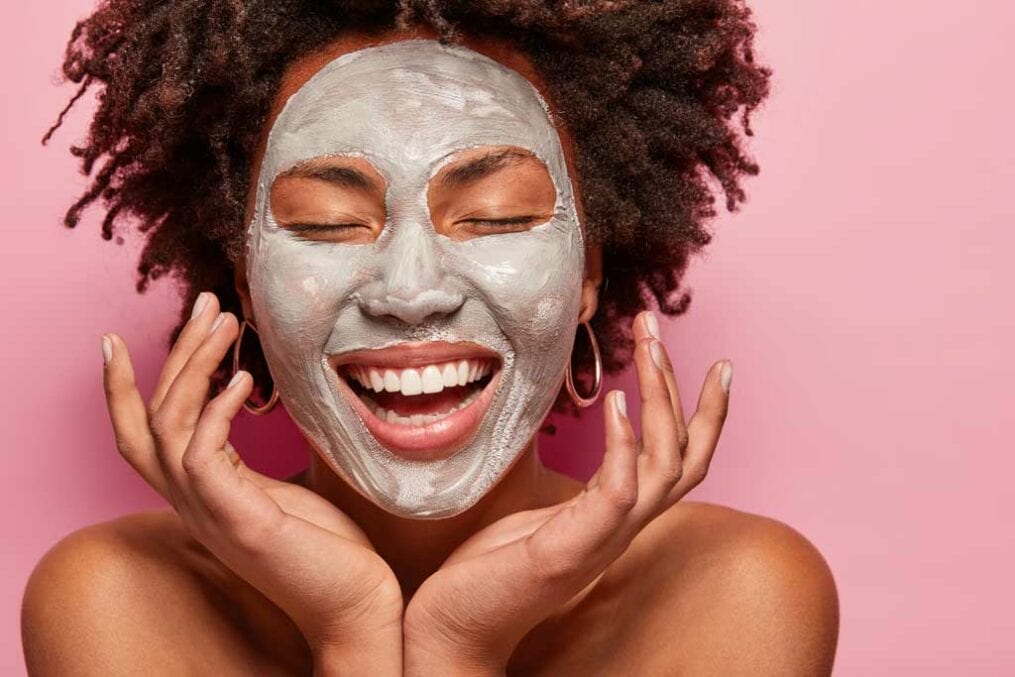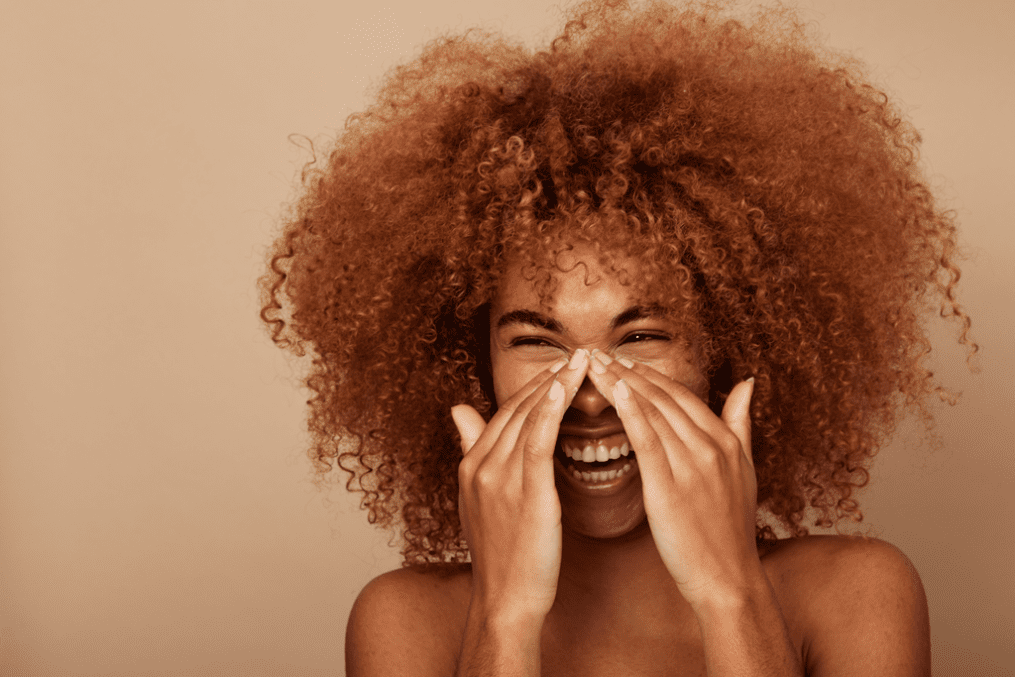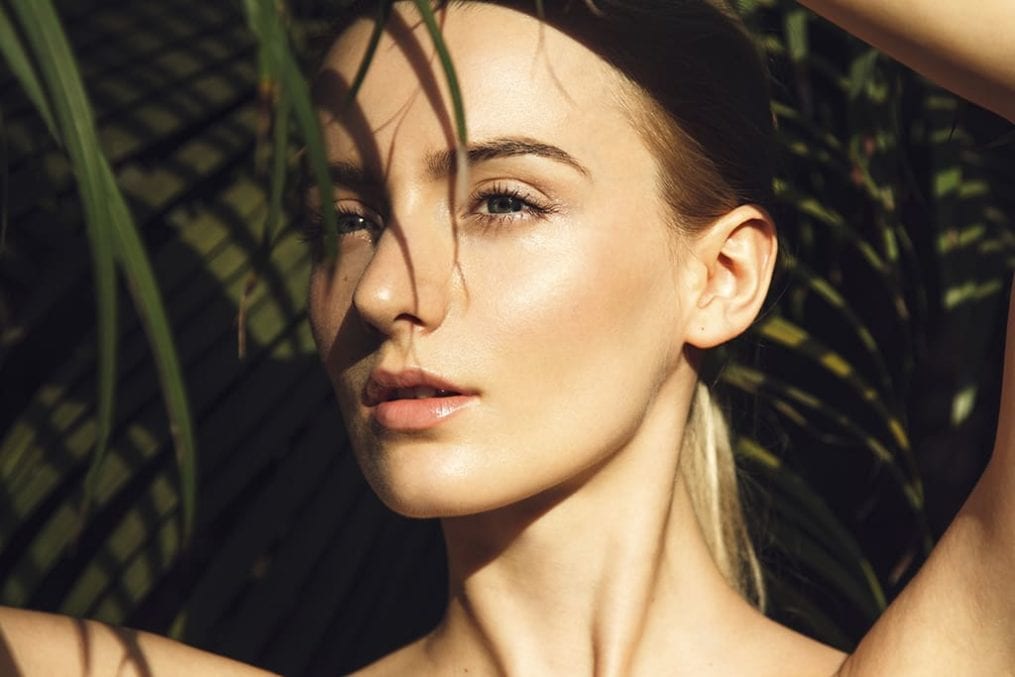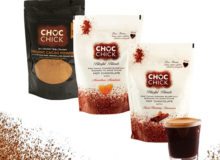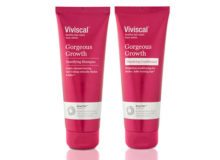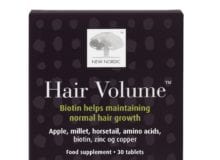Is there a safe way to get a natural sun tan?
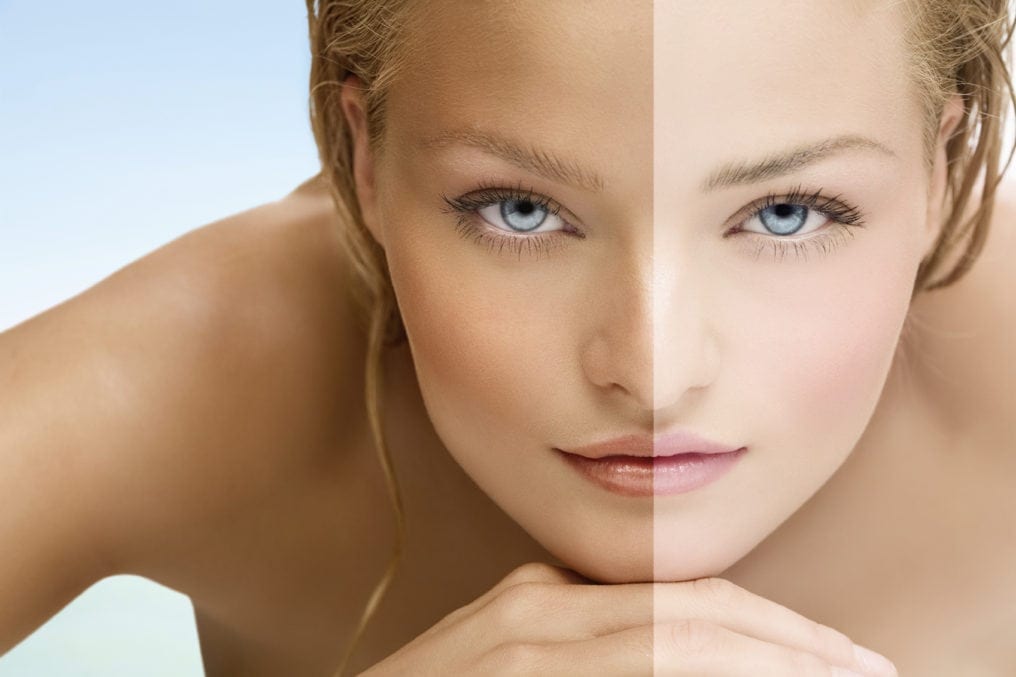
As parts of the UK are expected to reach 30C this week, Dr Ross Perry shares the secret to enjoying your time in the sun safely, and whether there is such a things as a safe sun tan.
The official line from most experts is that there’s no safe way to tan. However, the truth isn’t quite so black and white.
Sun exposure undoubtedly increases your risk of developing skin cancer – by damaging the skin cell DNA and causing genetic mutations – but the risk is very different for each person.
What skin types shouldn’t tan at all?
If you’re someone who has fair skin, red hair, lots of moles or freckles, or there’s a history of skin cancer in your family, there’s no way to get a safe sun tan. Sorry.
Read more: The secret to sumptuous summer skin starts with this guide
Statistically, these factors substantially increase your risk of developing skin cancer – and since a significant sunburn doubles your risk of developing the disease, it’s really not worth taking the gamble. Most people in this category simply burn then peel anyway, so there’s zero point.
Can people with other skin types safely tan?
If, on the other hand, you tan easily and there’s no history of skin cancer in your family, then it’s up to you to weigh up the risks.
You can probably get away with sunbathing, as long as you tan gradually over the course of a couple of weeks rather than sizzling out in the sun all day every day.
Read more: Help! My suncream gives me spots
As a rule of thumb, have no more than 20 minutes’ exposure without sunscreen, and avoid or protect against the sun between 11am and 3pm when it’s most intense.
How do I protect myself in the sun?
No matter how fair you are, there’s no need to avoid the beach altogether. The key is to pick a good sunscreen and cover yourself in it.
Children’s ones are usually the safest as they tend to be thicker formulations, which give the best coverage. An SPF of at least 30 is wise. Darker skins should still opt for SPF15 to minimise skin damage.
Look for a product that contains both a UVA and UVB filter, to protect you from both short- and long-wave forms of harmful radiation. UVA tends to penetrate the skin most deeply (causing it to age, but also increasing risk of non-melanoma skin cancer), while UVB is most strongly associated with deadly melanoma.
Apply cream liberally (the NHS guideline is to use around eight teaspoons to cover the whole body; so more than you might think). Organic sun creams use mineral filters to reflect the sun’s rays, so work right away, whereas chemical ones need to be absorbed by the skin first, so these should be applied 15 minutes before sun exposure.
Even if your suncream is waterproof, it’s still a good idea to reapply after taking a dip, and continue to do so regularly throughout the day.
What should I do if I burn?
If, despite everything, you do burn, slather your whole body in moisturiser to hydrate the skin.
Read more: 7 tips for sunburn relief
Aloe vera gel is especially cooling, and can help to accelerate healing as well. Creams that contain vitamin C are also a good idea as ascorbic acid plays an important role in the body’s production of collagen.
Also, stay out of the sun for the rest of the holiday to avoid further damage and cover your skin completely with a shirt.

